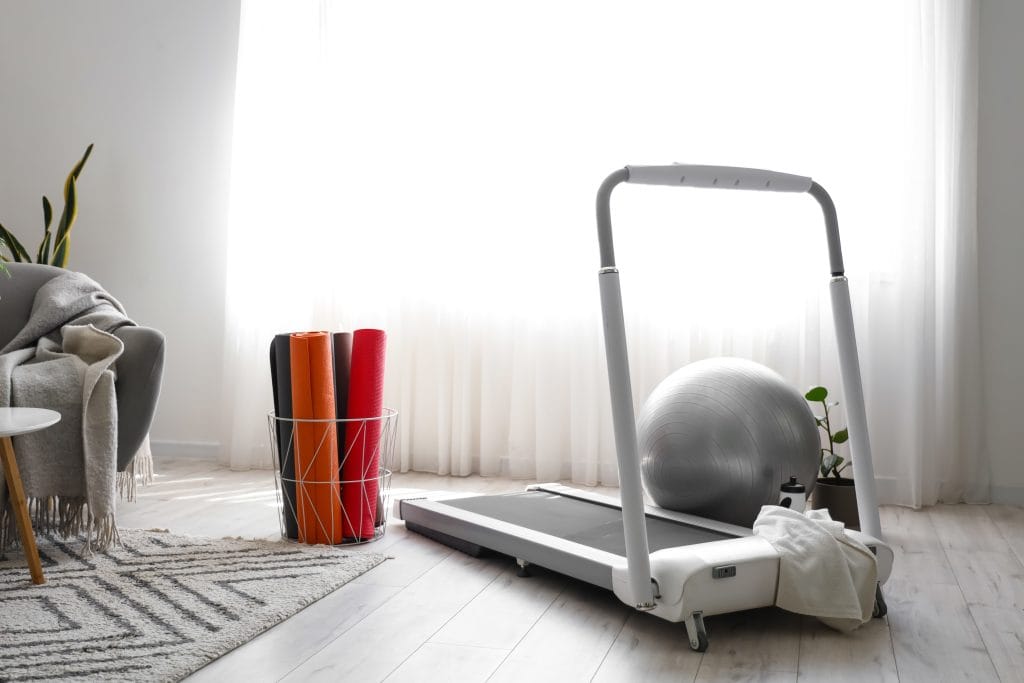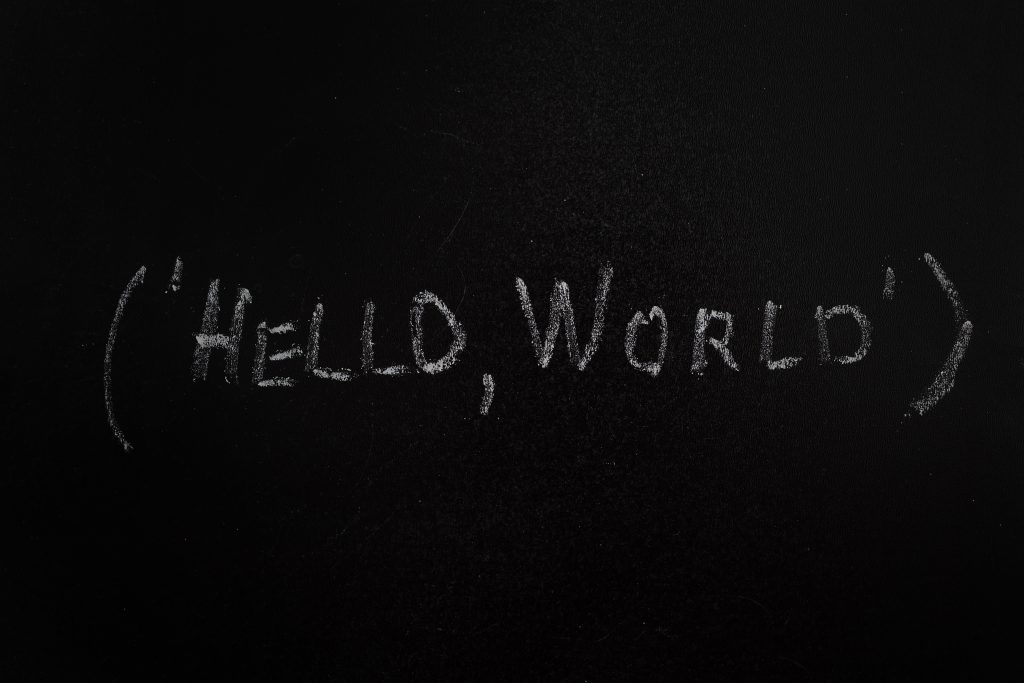Typewriters have become rare over the past twenty years or so as we began to use computers more often at home and in the workplace. Correction tape, whiteout, and those typing erasers with a brush on the end have been replaced by the backspace and delete keys. Most people welcome this progress or have never used or possibly even seen a typewriter, but one controversy has plagued us despite the advances: should there be one space after the period at the end of a sentence or two?
In the day of the typewriter, students were taught to add two spaces after the period. More recently, however, keyboarders have been advised to add just one space. Finally, a research group has released a study that claims to answer the question once and for all: two spaces are better.
I chose not to pay the 39.95 USD to download the original study and found an article from Forbes which describes how the study was conducted and explains why it doesn’t conclusively answer the question. It turns out that, for monospaced fonts, where each character takes up the same width, two spaces can make the text easier to read. This type of font is used by typewriters, so it makes sense that this was the advice given when typewriters were the dominant tool. One example monospaced font is Courier New, often used for displaying code samples in technical articles. Visual Studio code windows default to Consolas, another monospaced font. Code samples displayed in proportional fonts, where each character takes up the space it naturally needs, will most likely look a bit strange.
The author of the Forbes article also goes on to explain why no broad conclusions can be drawn from the study because of the methodology used. The study tested a small sample of US college students which doesn’t adequately represent the general population, and only a monospaced font, Courier New, was used in the text samples. The study found that people who type with two spaces read a bit faster, based on eye movements, when two spaces were used in the sample text, and that people who type with one space read a bit faster with one space. The benefit to reading speed in each case was small – just 3% and 1% improvement respectively.
Despite its limitations and design flaws, this study has been picked up and broadly covered by the media as the final answer to this age-old question. As difficult as it is to modify ingrained habits, it may not make a difference to those accustomed to typing one way or the other. Despite the attention given to this study, we should all just move on. This study has taken attention away from more important issues and discussions, the Oxford comma, for example.
Commentary Competition
Enjoyed the topic? Have a relevant anecdote? Disagree with the author? Leave your two cents on this post in the comments below, and our favourite response will win a $50 Amazon gift card. The competition closes two weeks from the date of publication, and the winner will be announced in the next Simple Talk newsletter.





Load comments